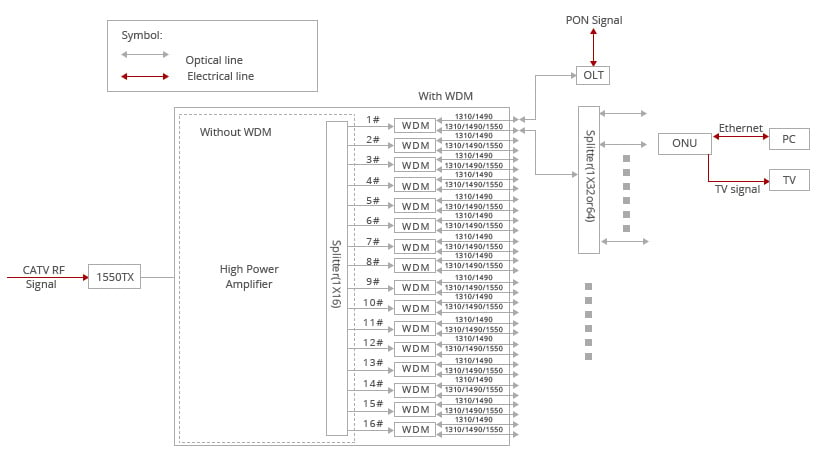by www.fiber-mart.com
Internet connectivity over an optical cord has become a precious standard for fast and high-quality data transmission. This technology is relatively new. This new nature of it can leave some in a dilemma. Some would even be unwilling to invest in it. Some would still prefer go old school and use convention network cables.
Over the years, with the technical progress, even conventional cable has risen to new horizons. But, which technology is better? Both copper and glass or optical cords have their benefits. Both have unique features. If something is better for others does not necessarily make it better for you. So, the right question to ask is which means would suit your business?
Fiber Optics Cable
The conventional copper wires transmit data via electricity. Fiber wire relies on light. It does not transmit data through the flow of electrons. This enables much faster internet connection. In fact, it also enables handling of a higher bandwidth. Sometimes, even during the peak demand, the performance of fiber wire stands out.
The cost of optical deployment has seen a dramatic reduction recently. Moreover, the fiber optic cable is future proof. This gives it an edge over the use of
copper cables. It surely has a better prospect in the world market. Let us compare fiber and copper on these five determinants to decide which one is better and suits your purpose.
Cost
As mentioned above, the cost of fiber components has seen a decrease recently. Once, the cost of optical cord was twice that of a copper wire. Now the cost difference is minimal. In fact, if we consider the overall cost, copper cable can get costlier. This is if we consider the cost of wiring closet. This includes cost of uninterrupted power source, data ground and HAVC (Hybrid Automatic Voltage Control). Overall, an all fiber LAN is more cost efficient than a copper-based network.
Bandwidth
Copper is sufficient for voice signals. Even though it has a limited bandwidth of up to 60Gbps. Fiber cords are capable to provide 1000 times as much bandwidth as copper. It can also travel for a longer distance in lesser time. In simple terms, a 500-meter fiber wire can transmit 1GHz. Whereas, a twisted pair copper wire (Cat 6) can transmit 500Mhz just up to 100 meters. Moreover, the signal loss is negligible in an optical cable. Copper has higher losses at higher frequencies. It is also noisy.
Transmission Speed & Distance
This is literally the battle between photons and electrons! Photons do not achieve 100% efficiency in achieving the speed of light. But, even with 31% slow speed, it is much faster than the speed of electrons. You cannot overlook the significant difference which exists between fiber and copper. Moreover, copper wires also have the limitation of 100 meters. This is not the case with fiber cables. In optics, the distance can range from 550 meters for 10 Gbps single mode and up to 40 Kms for multi-mode!
Reliability
Fiber optics is not susceptible to damages from the surrounding environment. Copper has the trait of losing quality over certain distance under conditions. In fact, if we use a fiber optic cable over the same distance, under the same condition, it would provide you reliable data transmission. Moreover, fiber is immune to environmental and climatic factors. Temperature variation or any electromagnetic variation will not tarnish its performance. Copper is sensitive to these factors. You can deploy fiber optic cables near industrial equipment without worry. Likewise, you can also lay down fiber into deep oceans.
Security
One can trap the electrical signals from the copper cable. In addition, it also radiates signals. If someone traps the signals, the entire system can fail. On damages, it gets difficult to identify the leakages. In case of a fiber wire, detection of a broken wire is easier. This is because several monitoring techniques are in practice for detecting its flaws. Copper wire can cause a short circuit which can even result in a fire.
Conclusion
The usage of fiber cable with its ever reducing cost and other advantages is making it future proof. Increase in bandwidth, ridiculous increase in transmission speed and many more features make it better and reliable medium for networking. It is one of the most significant mediums for innovative installations and upgrades.





